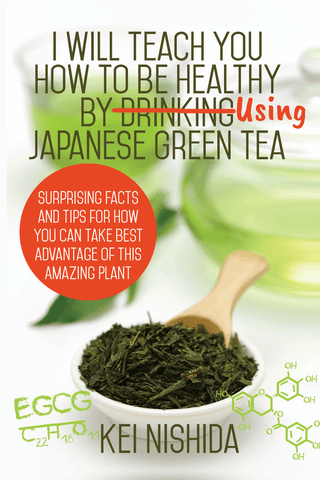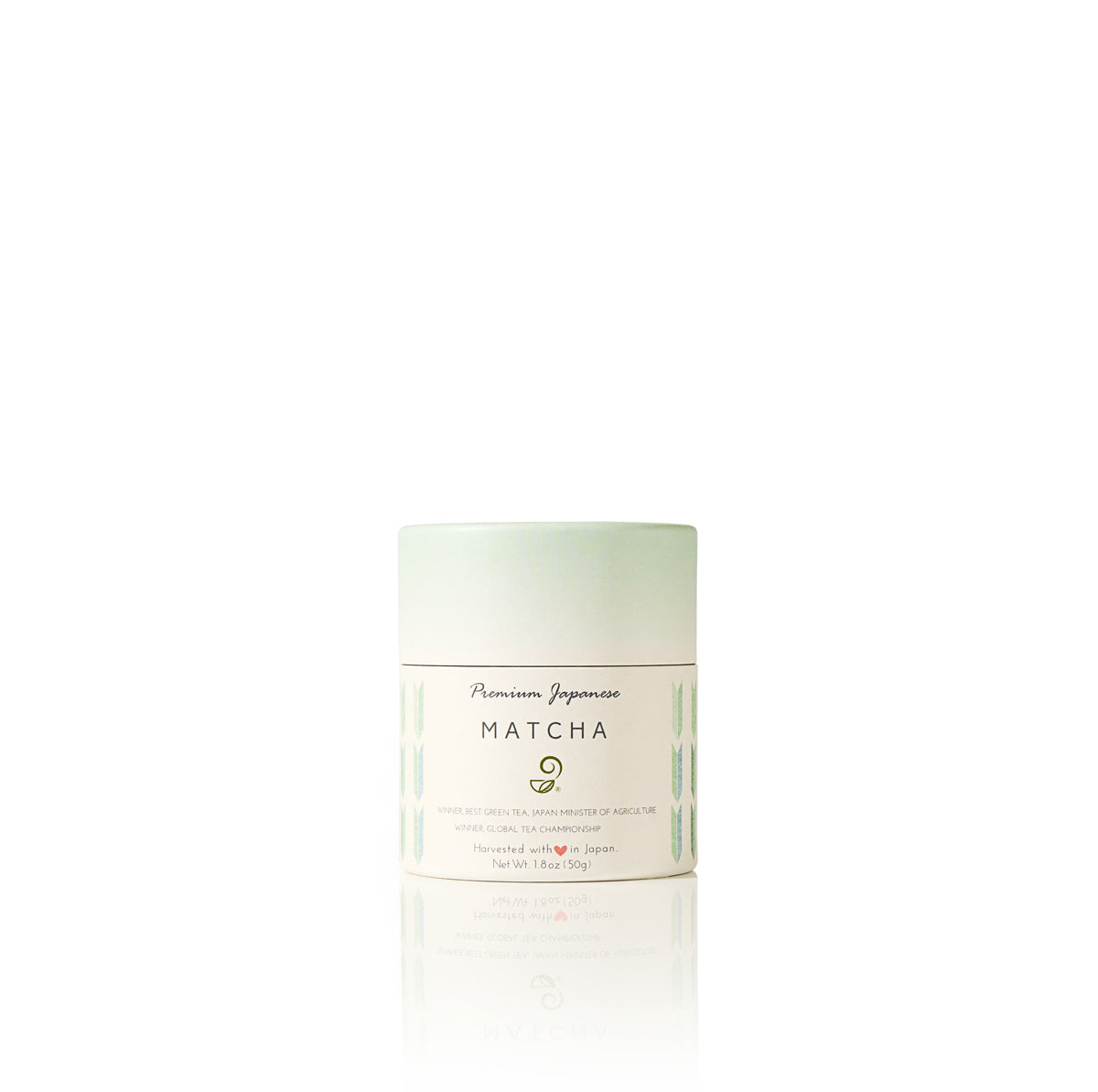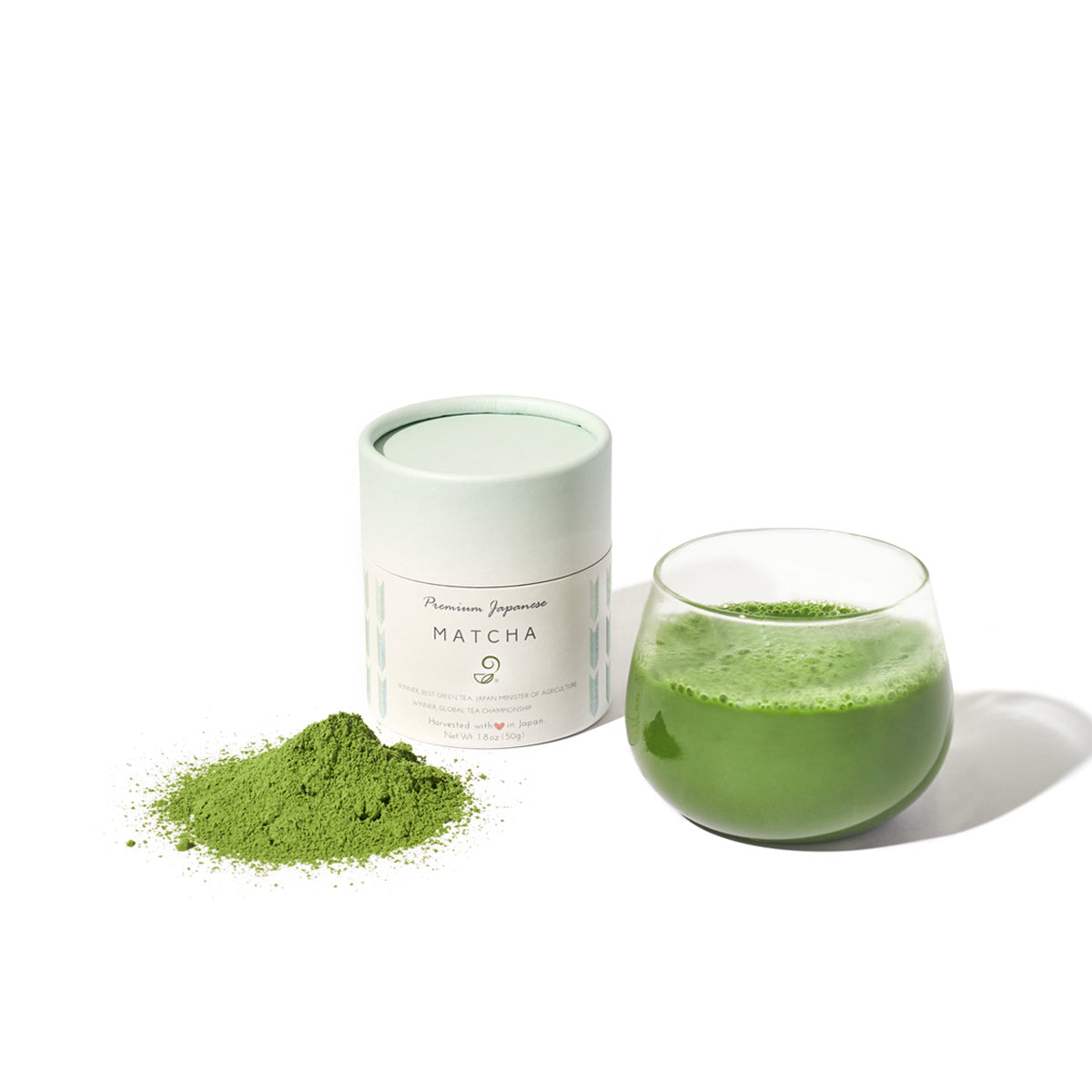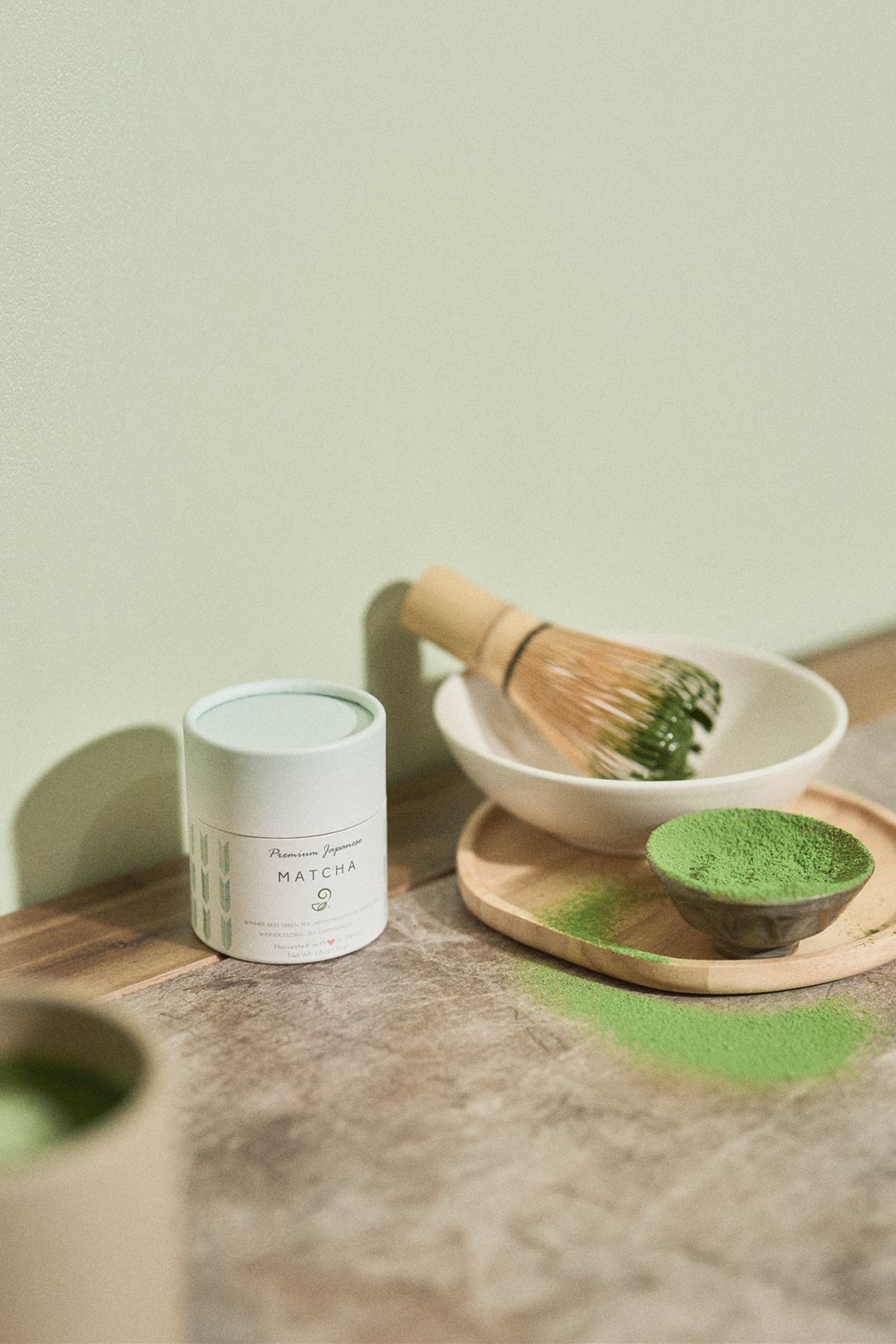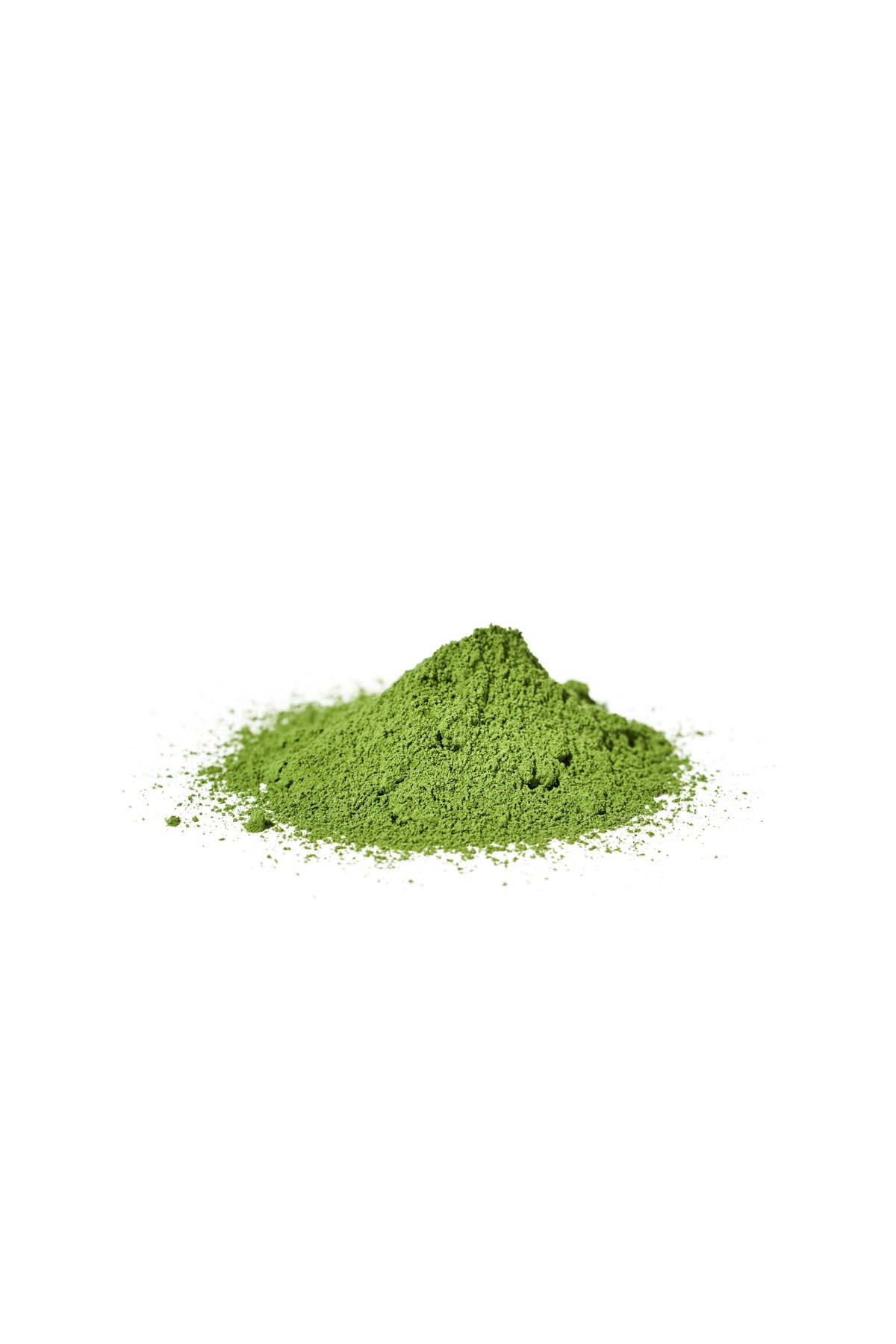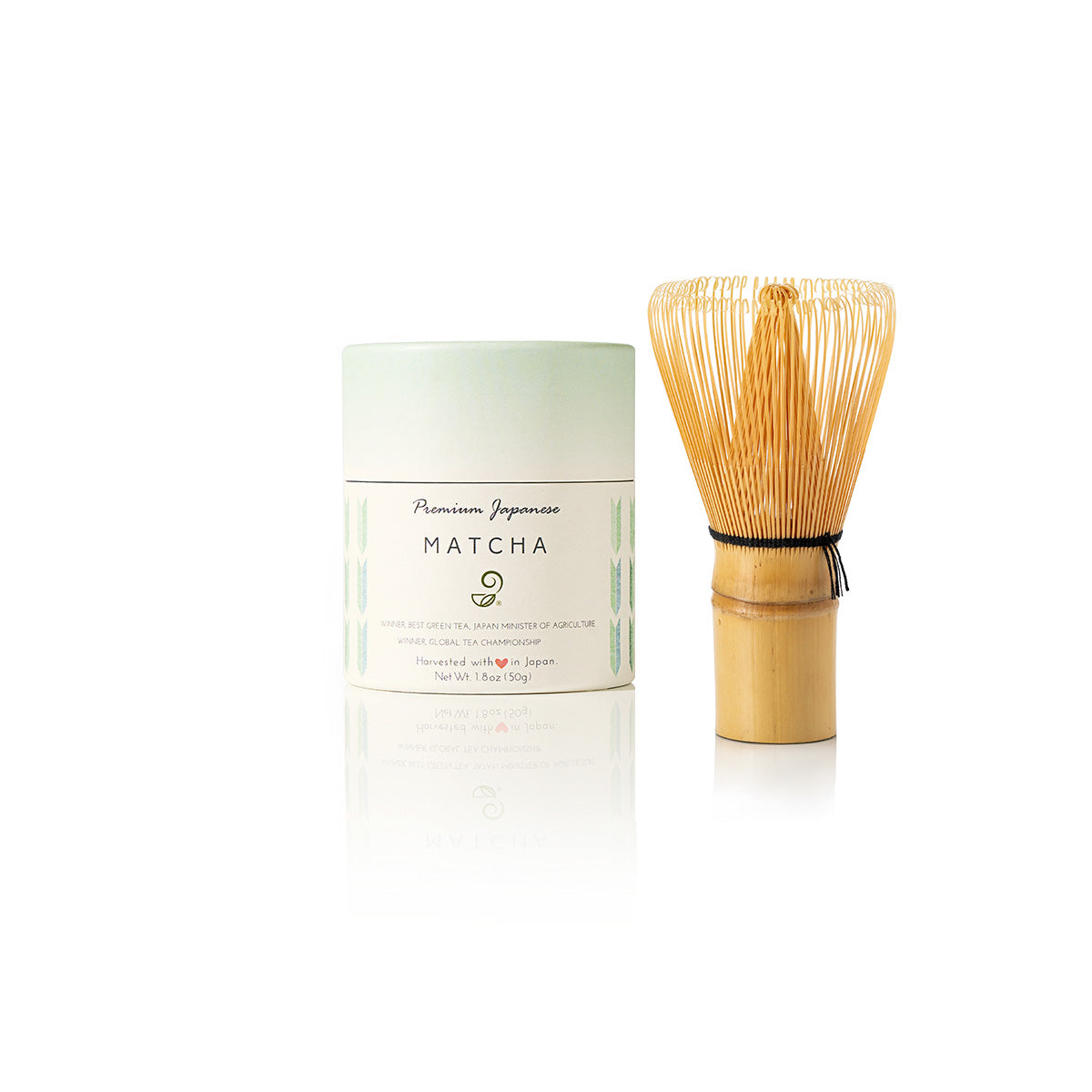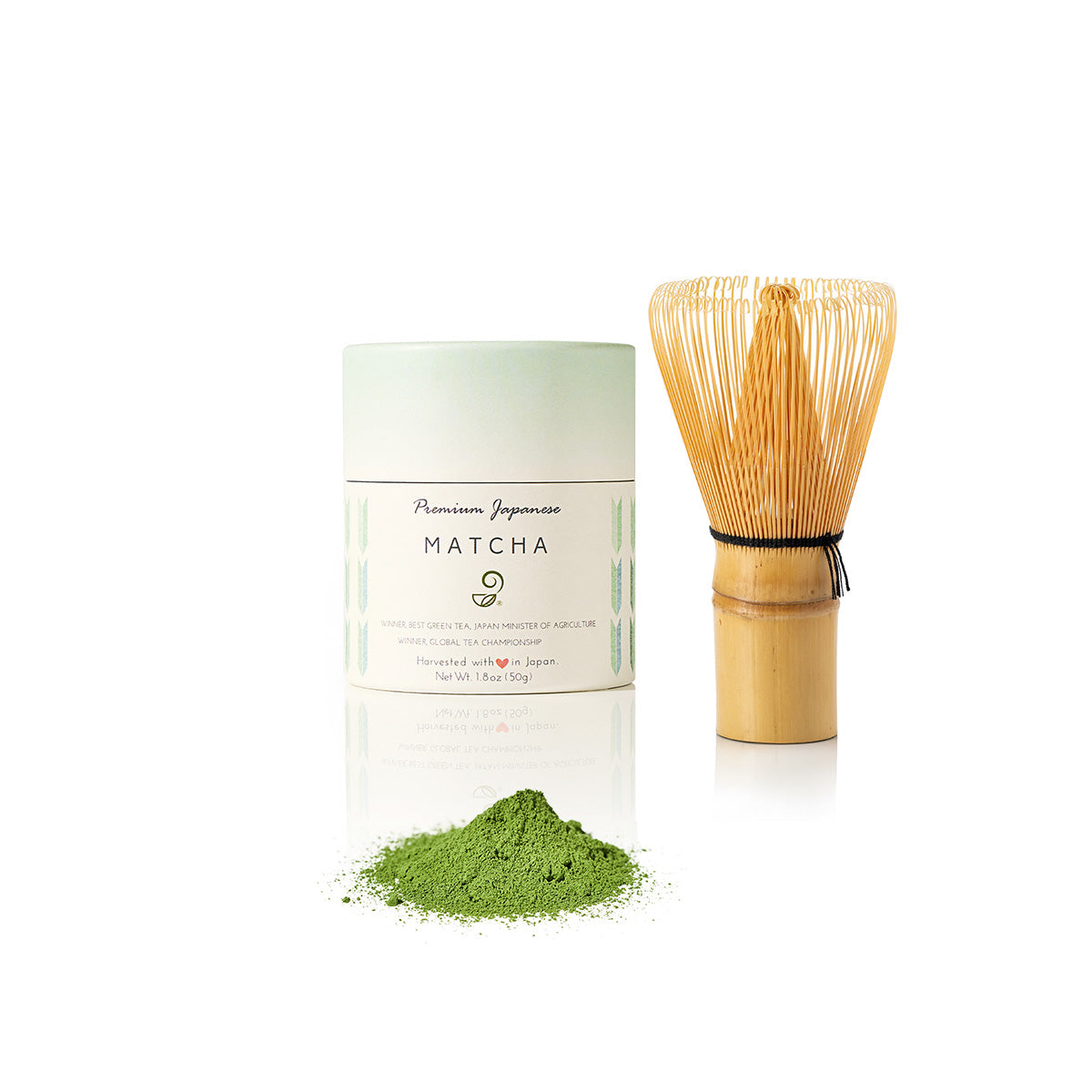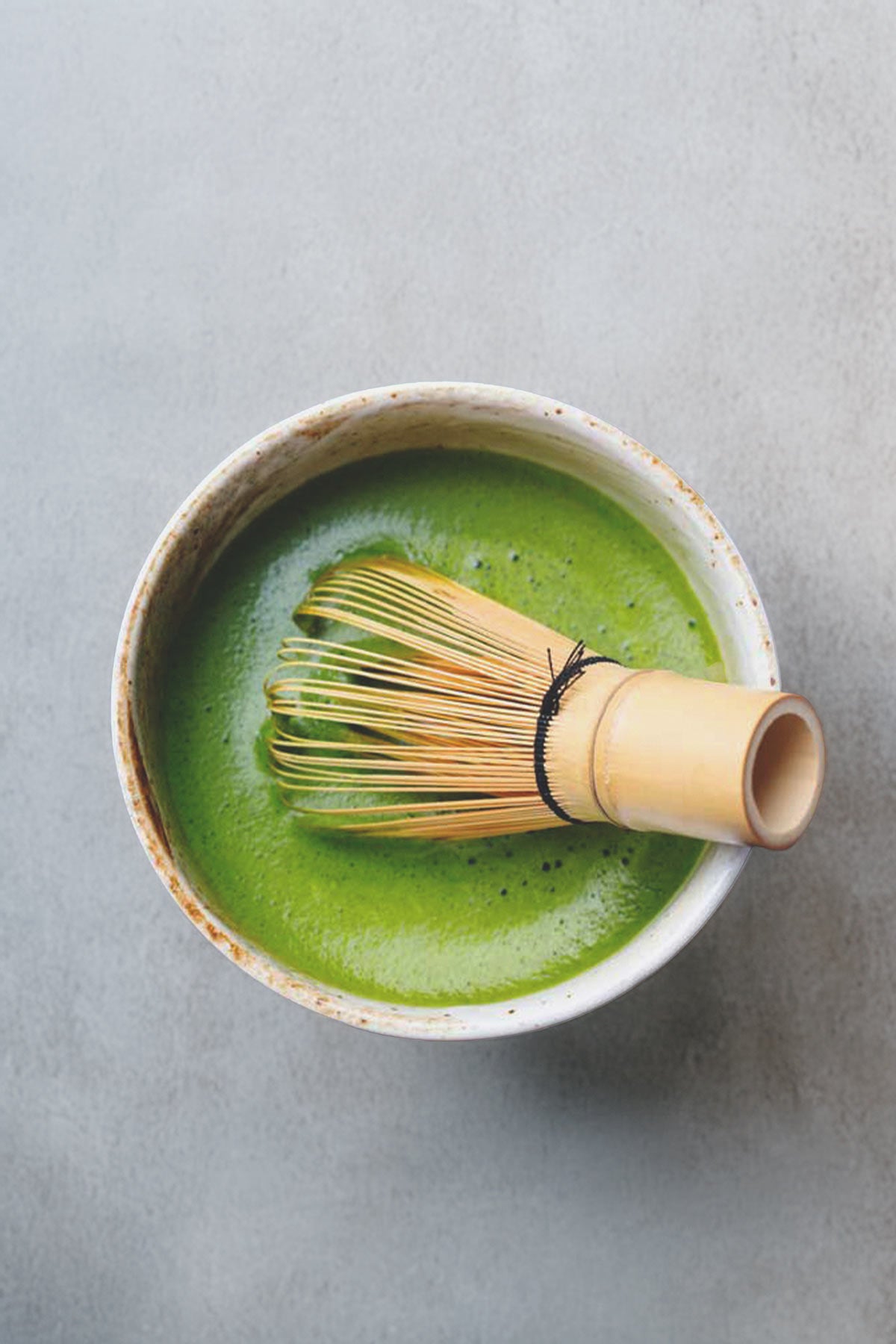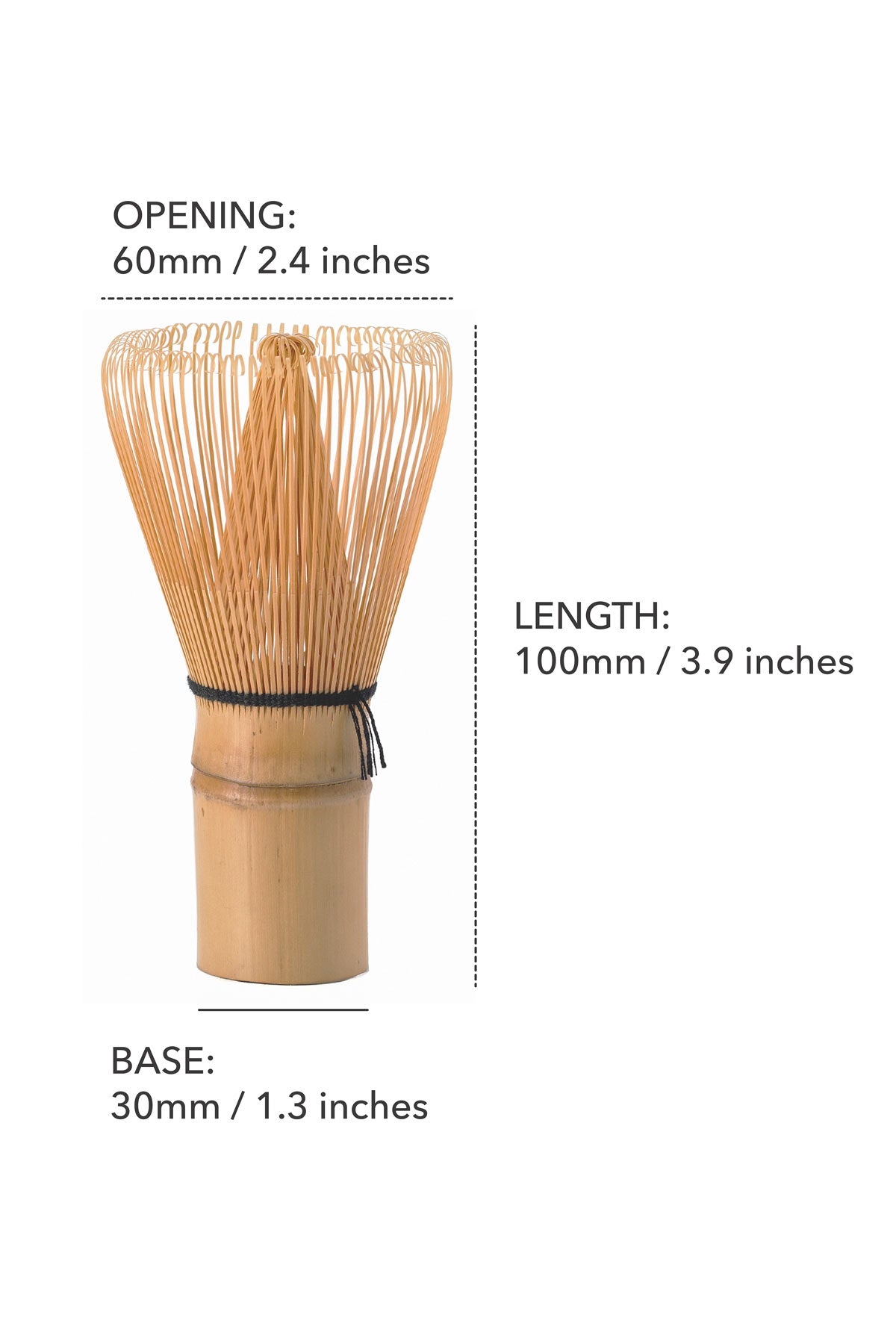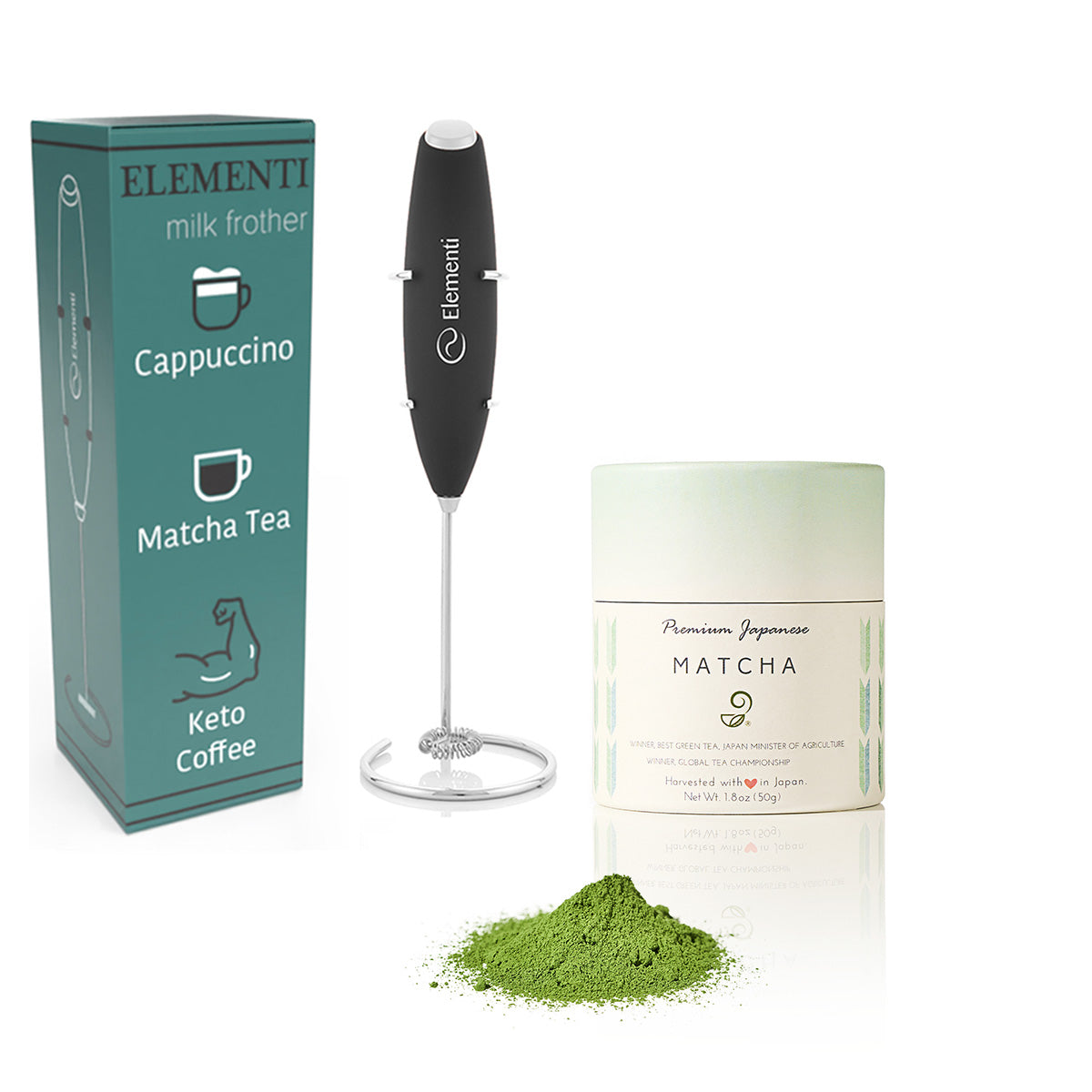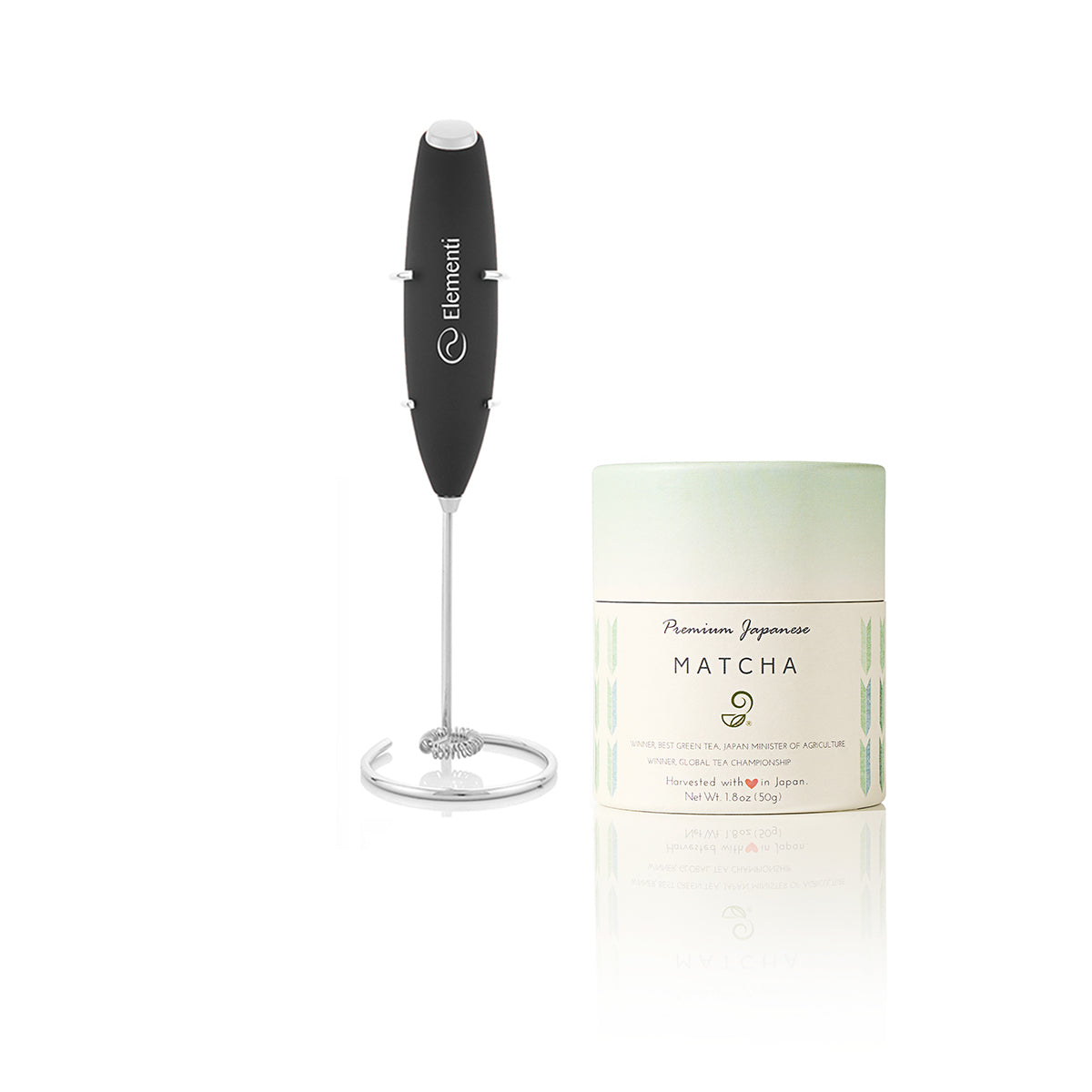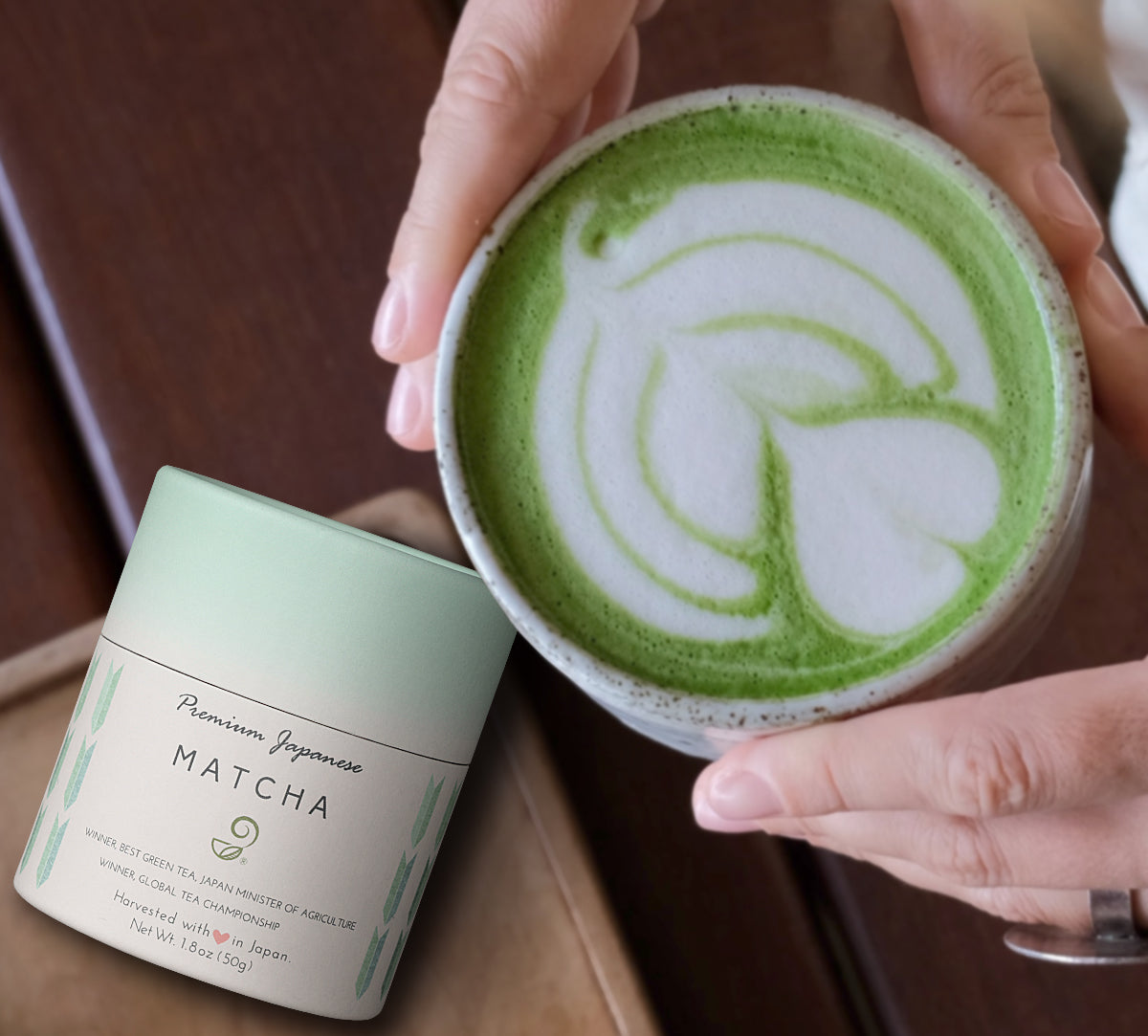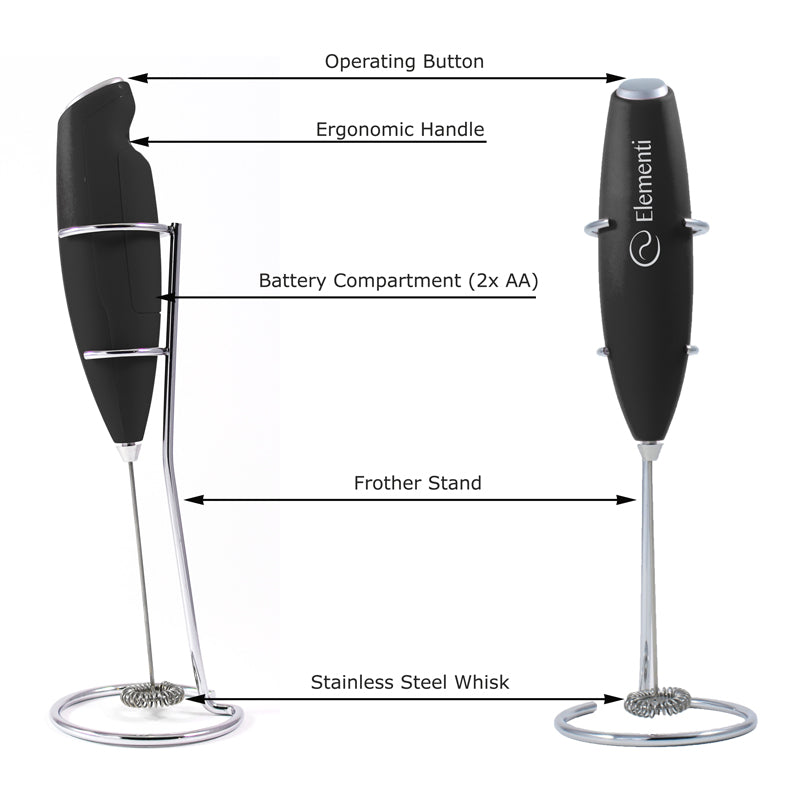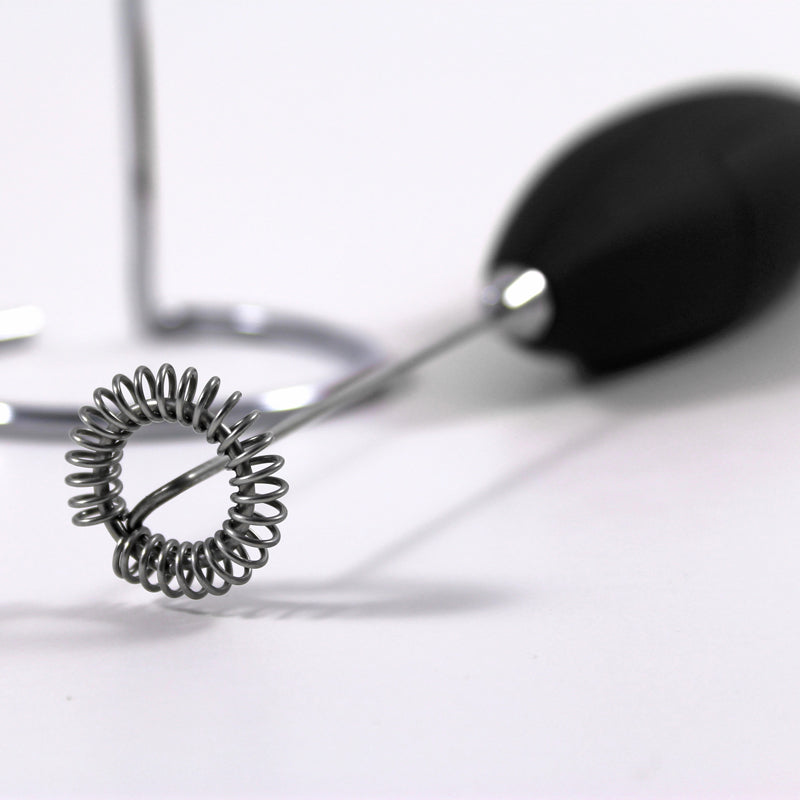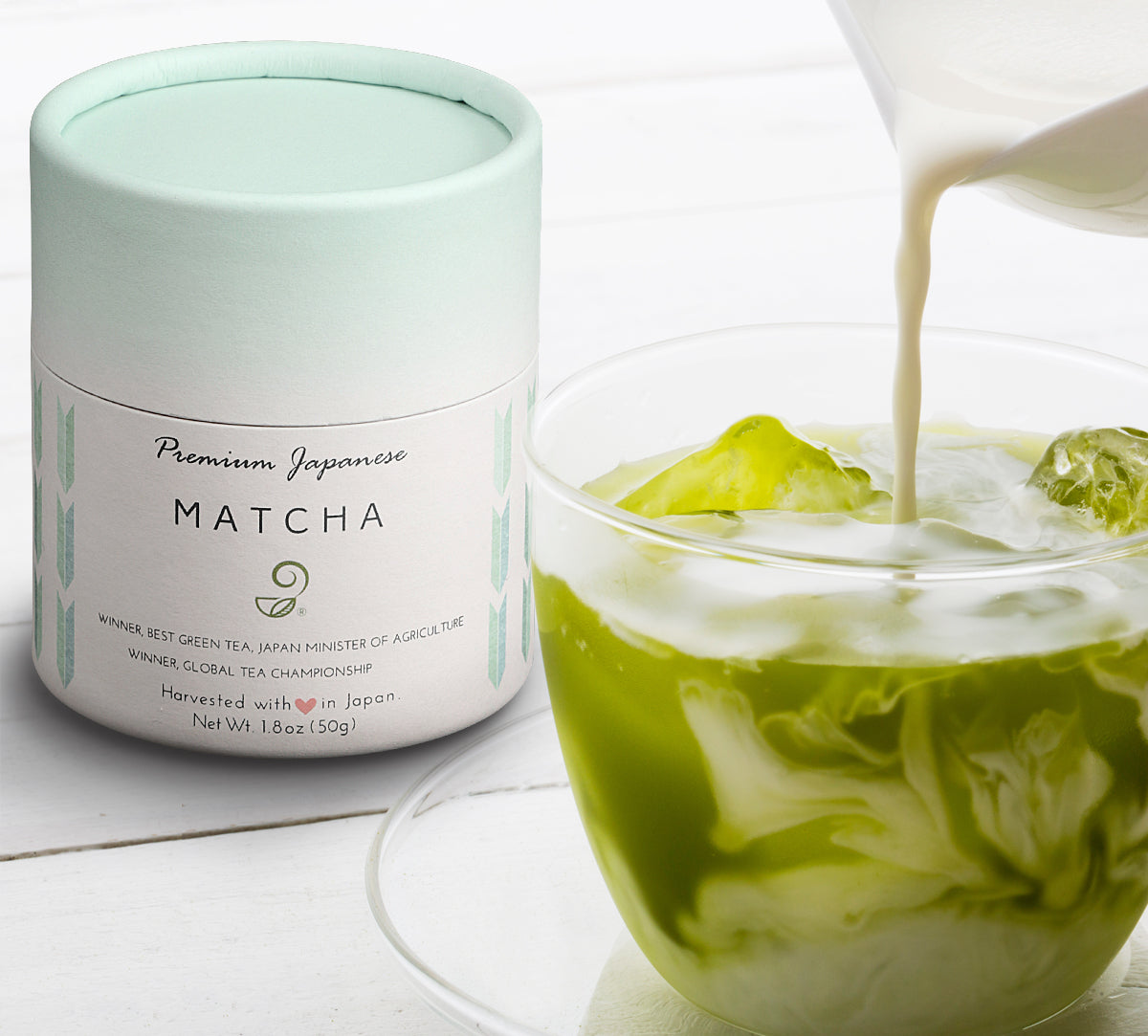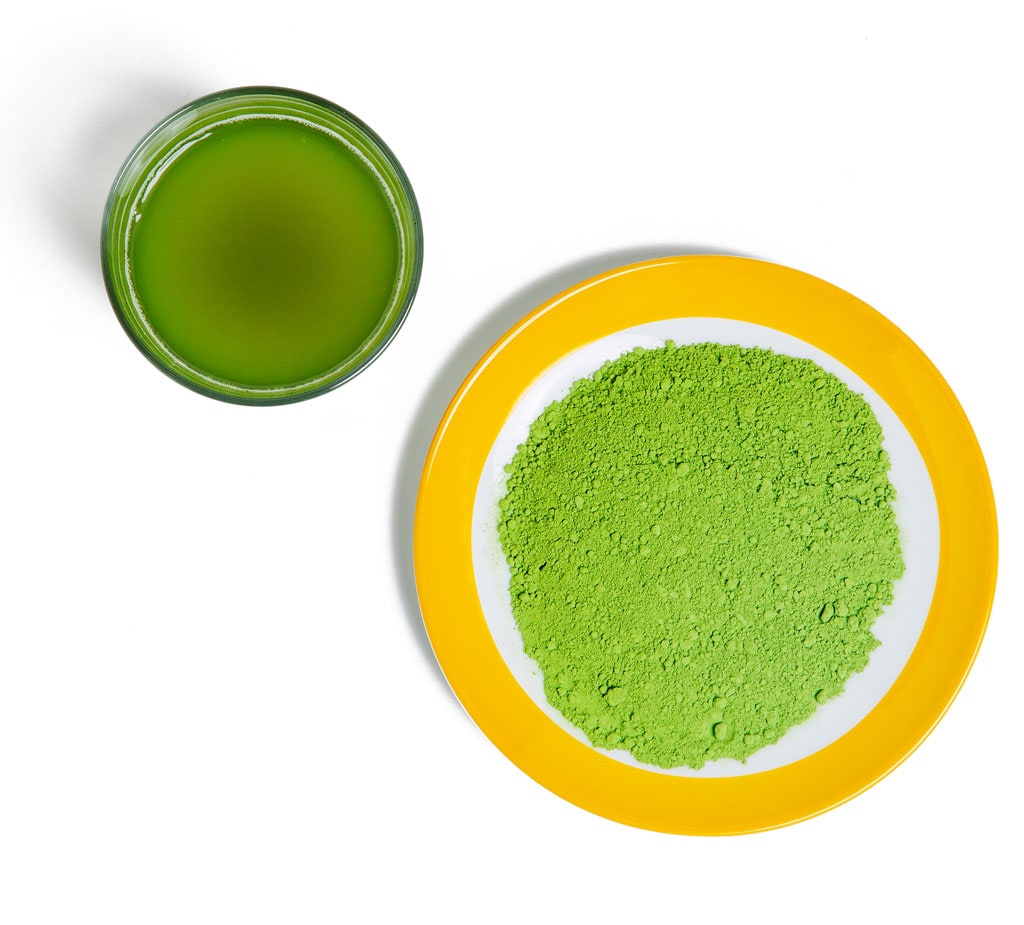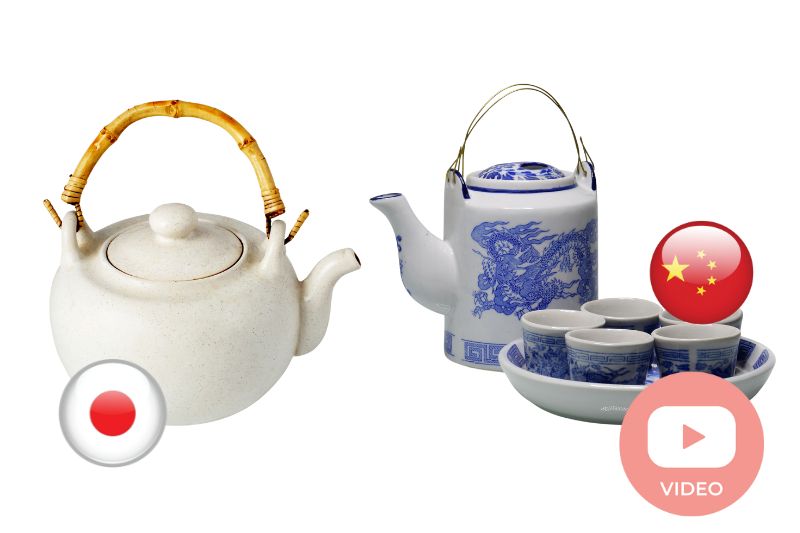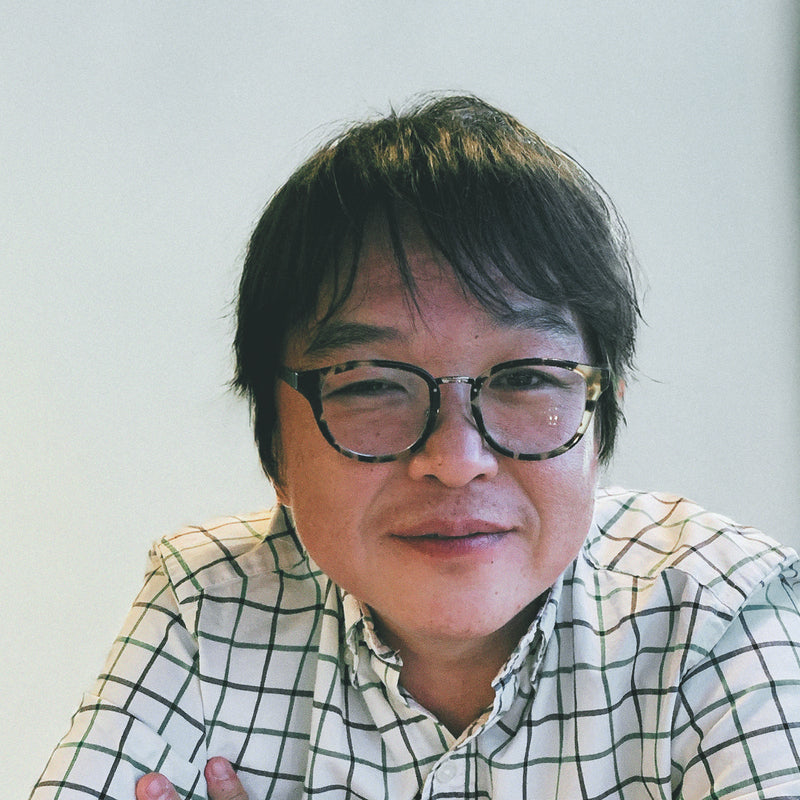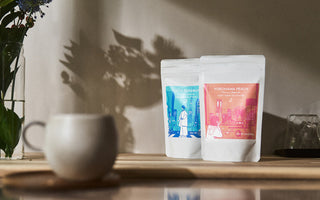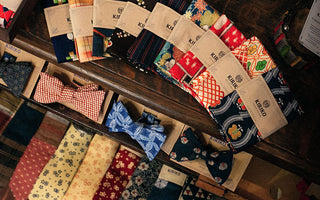Is matcha originally invented in China or Japan? - Green Tea Quiz
A1: China A2: Japan Read more for the answer.
Green tea originated in China (Though there are theories that prove it originated in the Assam region of India). Shennong, the legendary emperor and father of Chinese medicine and agriculture, is said to have discovered tea around 2700 BC—a well-known myth. Tea plants were discovered in Lancang Valley, Yunnan, and cultivated by the Hemudo tribe between 6000 and 3500 BCE. These facts were confirmed in 2012.
The Spread of Tea in China and Beyond
Tea cultivation expanded rapidly across China, becoming an essential part of Chinese culture and trade. The Tang dynasty (618–907 CE) saw tea become a staple of Chinese society, with its use spreading through all levels of life. During the Tang and Song dynasties, tea-drinking rituals were formalized, and methods for grinding tea, similar to those used for matcha today, were developed. The Chinese even created a powdered tea form known as "mocha" which was later adapted and refined by the Japanese. Over time, tea became central to Buddhist and cultural rituals, and it is during these periods that the first true forms of tea-making began to emerge, influencing Japan’s adoption of tea culture centuries later.
The Development of Matcha
The term "matcha" is derived from Chinese, and the Chinese were the first to grind green tea leaves into powder. However, it was the Japanese who perfected the process that we now associate with matcha. This process involves several key steps: shading, steaming, drying, and grinding the tea leaves.
The unique flavor and chemical composition of matcha come from the shading process. Interestingly, this technique was reportedly discovered by accident when Japanese tea farmers sought to protect their crops from freezing by covering the tea leaves.
How did matcha come to be?
The word "matcha" is of Chinese origin. The Chinese were the first to grind green tea. However, the Japanese were the ones who invented the method of creating matcha that we know today. The method includes shading, steaming, drying, and grinding tea.
This process, which was initially used for medicinal purposes, laid the foundation for what would later evolve into matcha. However, it was the Japanese who refined this method, turning it into the process we recognize today. The Japanese invented a unique technique that involves several critical steps: Shading of tea makes the unique taste and chemical composition of matcha. It is believed that this was discovered accidentally when some Japanese tea farmers were trying to protect the tea from freezing by covering the tea leaf.
The key to matcha's distinct flavor and its chemical properties lies in the shading process. Unlike traditional tea production, where the leaves are exposed to sunlight, matcha leaves are shaded for several weeks before harvest. This shading increases the chlorophyll content in the leaves, giving matcha its vibrant green color and contributing to its rich, umami flavor. It also boosts the production of amino acids, particularly L-theanine, which is responsible for matcha’s unique calming effects.
This practice is believed to have been discovered by accident when Japanese tea farmers, in an effort to protect their crops from freezing weather, began covering their tea plants with shade cloths. Over time, they noticed that the shaded tea leaves produced a more flavorful and aromatic brew. This fortuitous discovery was a turning point in the evolution of matcha, setting it apart from other types of green tea and making it a treasured part of Japanese culture.
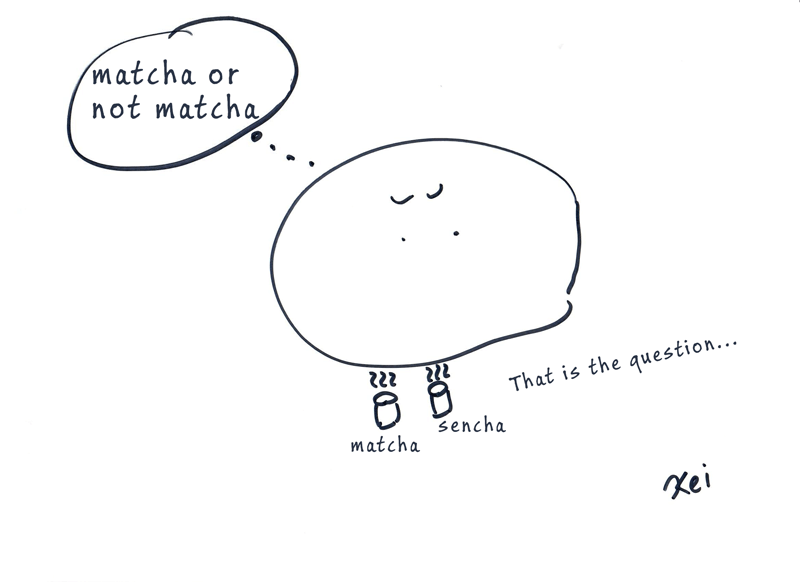
Conclusion
In conclusion, while the origins of matcha trace back to China, it is the Japanese who perfected the unique process that makes matcha what it is today. With its rich flavor, vibrant green color, and numerous health benefits, matcha has become an essential part of Japanese culture and is enjoyed worldwide. Whether used in traditional tea ceremonies or as a modern ingredient in various dishes, matcha continues to captivate tea lovers and health enthusiasts alike.
Get Free Bonus Books

Sign up for free to the Green Tea Club to get advice and exclusive articles about how to choose Japanese Tea, and tips, tricks, and recipes for enjoying Japanese tea.
About the author
Kei Nishida
Author, CEO Dream of Japan
Certification: PMP, BS in Computer Science
Education: Western Washington University
Kei Nishida is a passionate Japanese green tea connoisseur, writer, and the founder and CEO of Japanese Green Tea Co., a Dream of Japan Company.
Driven by a deep desire to share the rich flavors of his homeland, he established the only company that sources premium tea grown in nutrient-rich sugarcane soil—earning multiple Global Tea Champion awards.
Expanding his mission of introducing Japan’s finest to the world, Kei pioneered the launch of the first-ever Sumiyaki charcoal-roasted coffee through Japanese Coffee Co. He also brought the artistry of traditional Japanese craftsmanship to the global market by making katana-style handmade knives—crafted by a renowned katana maker—available outside Japan for the first time through Japanese Knife Co.
Kei’s journey continues as he uncovers and shares Japan’s hidden treasures with the world.
Learn more about Kei
